Sony’s Reon Pocket is shipping now in Japan. It’s a portable air conditioner that you wear inside special T-shirts. But does it actually work?
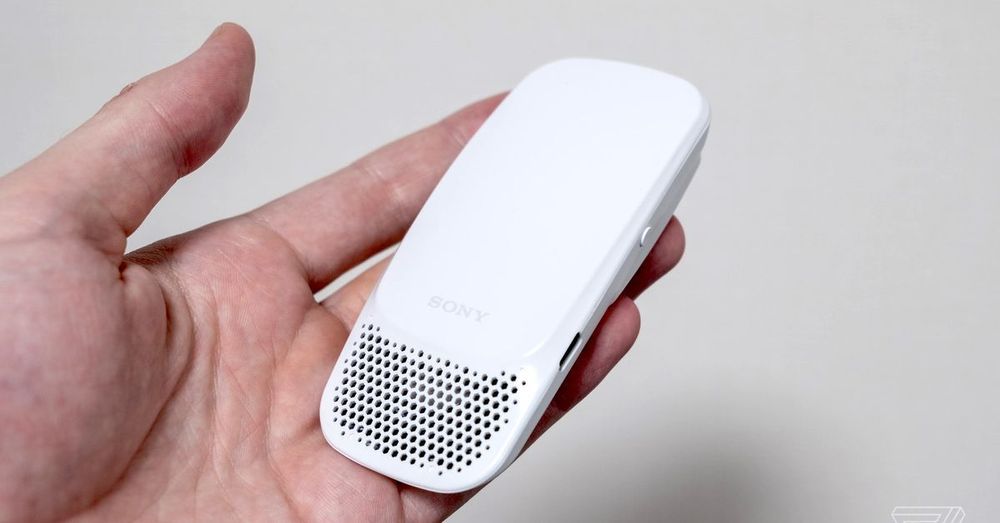

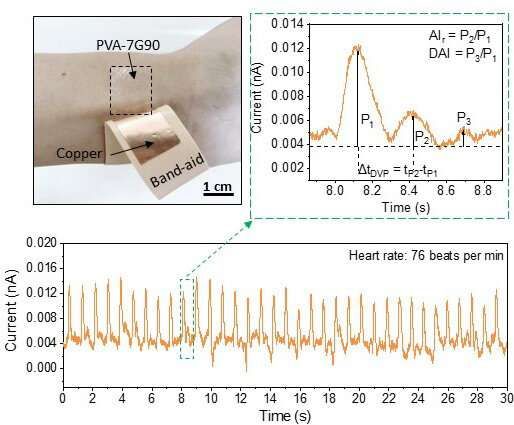
An invention may turn one of the most widely used materials for biomedical applications into wearable devices to help monitor heart health.
A team from Purdue University developed self-powered wearable triboelectric nanogenerators (TENGs) with polyvinyl alcohol (PVA)-based contact layers for monitoring cardiovascular health. TENGs help conserve mechanical energy and turn it into power.
The Purdue team’s work is published in the journal Advanced Materials.
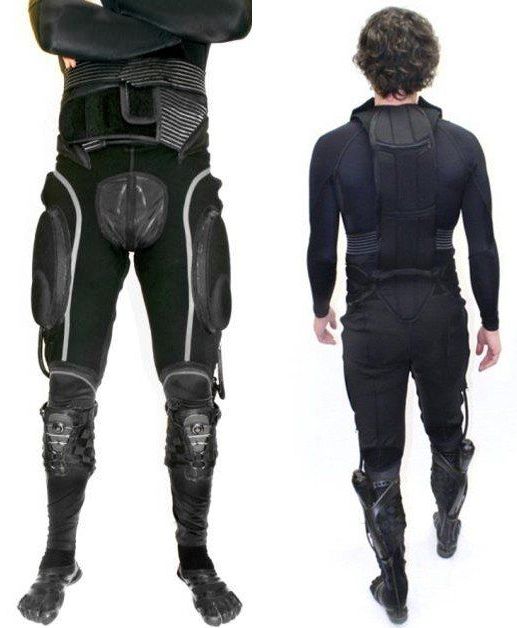
No one wants to walk with a walker, but age has a way of making people compromise on their quality of life. The team behind Superflex, which spun out of SRI International in May, thinks there could be another way.
The company is building wearable robotic suits, plus other types of clothing, that can make it easier for soldiers to carry heavy loads or for elderly or disabled people to perform basic tasks. A current prototype is a soft suit that fits over most of the body. It delivers a jolt of supporting power to the legs, arms, or torso exactly when needed to reduce the burden of a load or correct for the body’s shortcomings.
A walker is a “very cost-effective” solution for people with limited mobility, but “it completely disempowers, removes dignity, removes freedom, and causes a whole host of other psychological problems,” SRI Ventures president Manish Kothari says. “Superflex’s goal is to remove all of those areas that cause psychological-type encumbrances and, ultimately, redignify the individual.”


Chameleons are famous for their color-changing abilities. Depending on their body temperature or mood, their nervous system directs skin tissue that contains nanocrystals to expand or contract, changing how the nanocrystals reflect light and turning the reptile’s skin a rainbow of colors.
Inspired by this, scientists at the Pritzker School of Molecular Engineering (PME) at the University of Chicago have developed a way to stretch and strain liquid crystals to generate different colors.
By creating a thin film of polymer filled with liquid crystal droplets and then manipulating it, they have determined the fundamentals for a color-changing sensing system that could be used for smart coatings, sensors, and even wearable electronics.
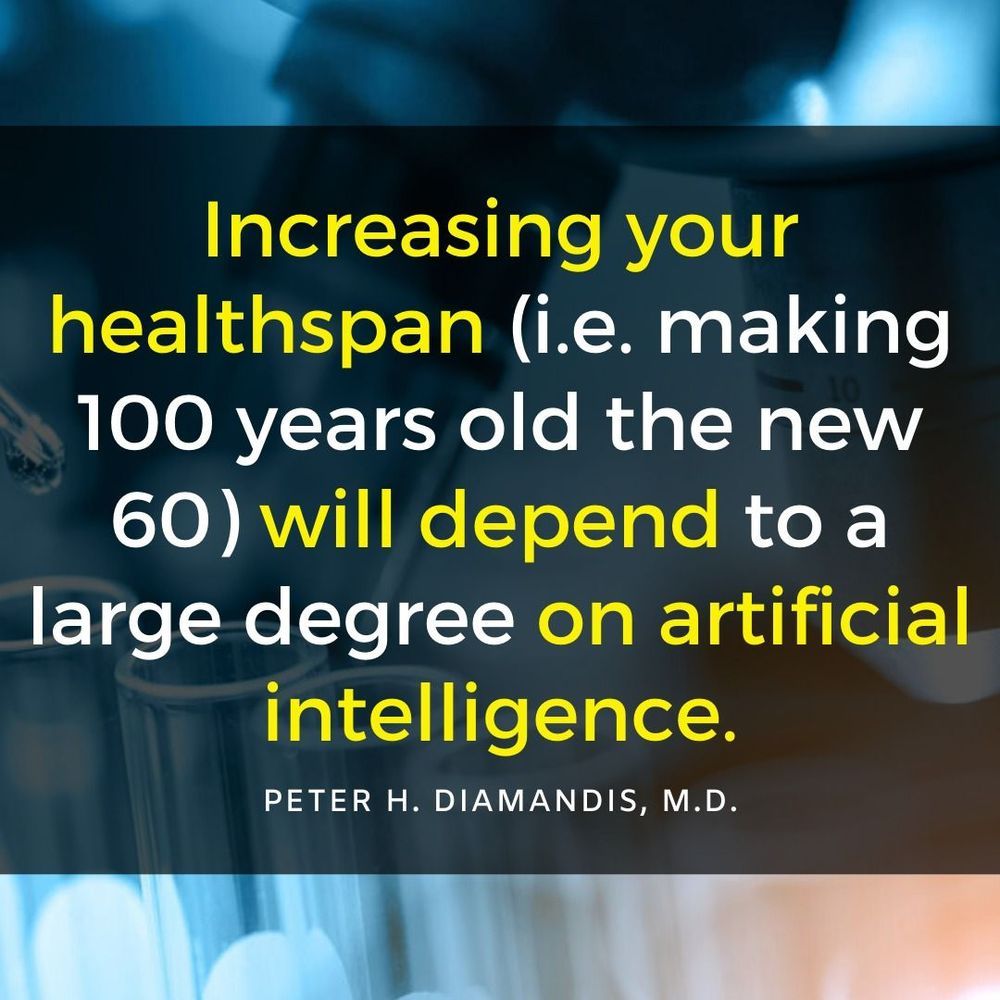
Very true.
And as in most applications of #MachineLearning, healthcare #AI systems are extremely data-hungry.
Fortunately, a slew of new sensors and data acquisition methods — including over 302 million wearables shipped in 2019 — are bursting onto the scene to meet the massive demand for medical data.
From ubiquitous biosensors, to the mobile healthcare revolution, to the transformative power of the Health Nucleus and their 100+ program, converging exponential technologies are fundamentally transforming our approach to #healthcare.
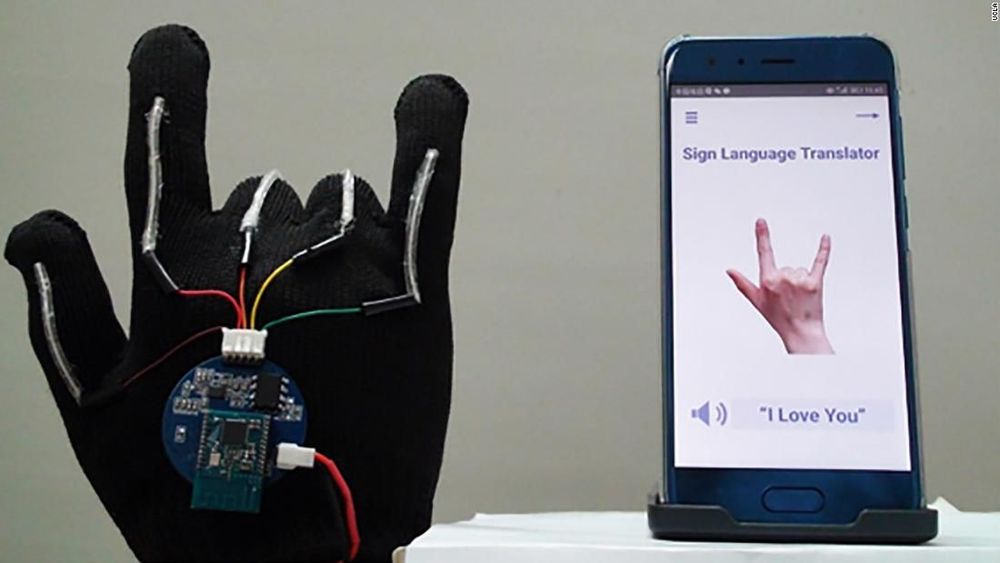
A glove that translates sign language into speech in real time has been developed by scientists — potentially allowing deaf people to communicate directly with anyone, without the need for a translator.
A glove that translates sign language into speech in real time has been developed by scientists — potentially allowing deaf people to communicate directly with anyone, without the need for a translator.
The wearable device contains sensors that run along the four fingers and thumb to identify each word, phrase or letter as it is made in American Sign Language.
Those signals are then sent wirelessly to a smartphone, which translates them into spoken words at a rate of one word per second.


Now that the world is in the thick of the coronavirus pandemic, governments are quickly deploying their own cocktails of tracking methods. These include device-based contact tracing, wearables, thermal scanning, drones, and facial recognition technology. It’s important to understand how those tools and technologies work and how governments are using them to track not just the spread of the coronavirus, but the movements of their citizens.
Contact tracing is one of the fastest-growing means of viral tracking. Although the term entered the common lexicon with the novel coronavirus, it’s not a new practice. The Centers for Disease Control and Prevention (CDC) says contact tracing is “a core disease control measure employed by local and state health department personnel for decades.”
Traditionally, contact tracing involves a trained public health professional interviewing an ill patient about everyone they’ve been in contact with and then contacting those people to provide education and support, all without revealing the identity of the original patient. But in a global pandemic, that careful manual method cannot keep pace, so a more automated system is needed.

In the last few years, most of the data such as books, videos, pictures, medical and even the genetic information of humans are moving toward digital formats. Laptops, tablets, smartphones and wearable devices are the major source of this digital data transformation and are becoming the core part of our daily life. As a result of this transformation, we are becoming the soft target of various types of cybercrimes. Digital forensic investigation provides the way to recover lost or purposefully deleted or hidden files from a suspect’s device. However, current man power and government resources are not enough to investigate the cybercrimes. Unfortunately, existing digital investigation procedures and practices require huge interaction with humans; as a result it slows down the process with the pace digital crimes are committed. Machine learning (ML) is the branch of science that has governs from the field of AI. This advance technology uses the explicit programming to depict the human-like behaviour. Machine learning combined with automation in digital investigation process at different stages of investigation has significant potential to aid digital investigators. This chapter aims at providing the research in machine learning-based digital forensic investigation, identifies the gaps, addresses the challenges and open issues in this field.